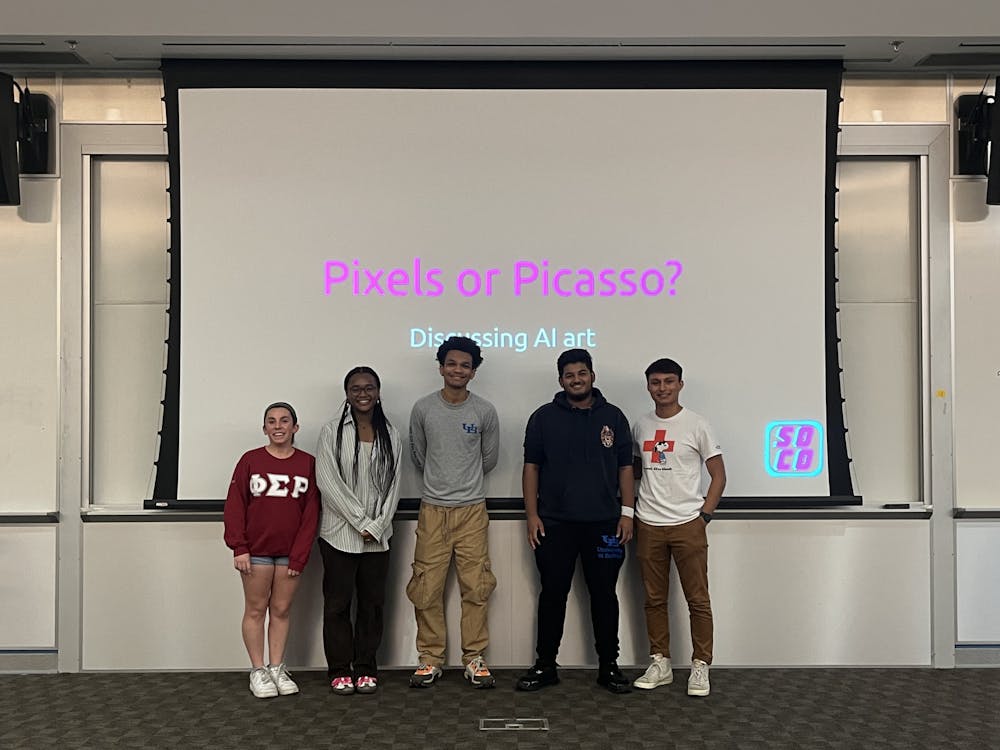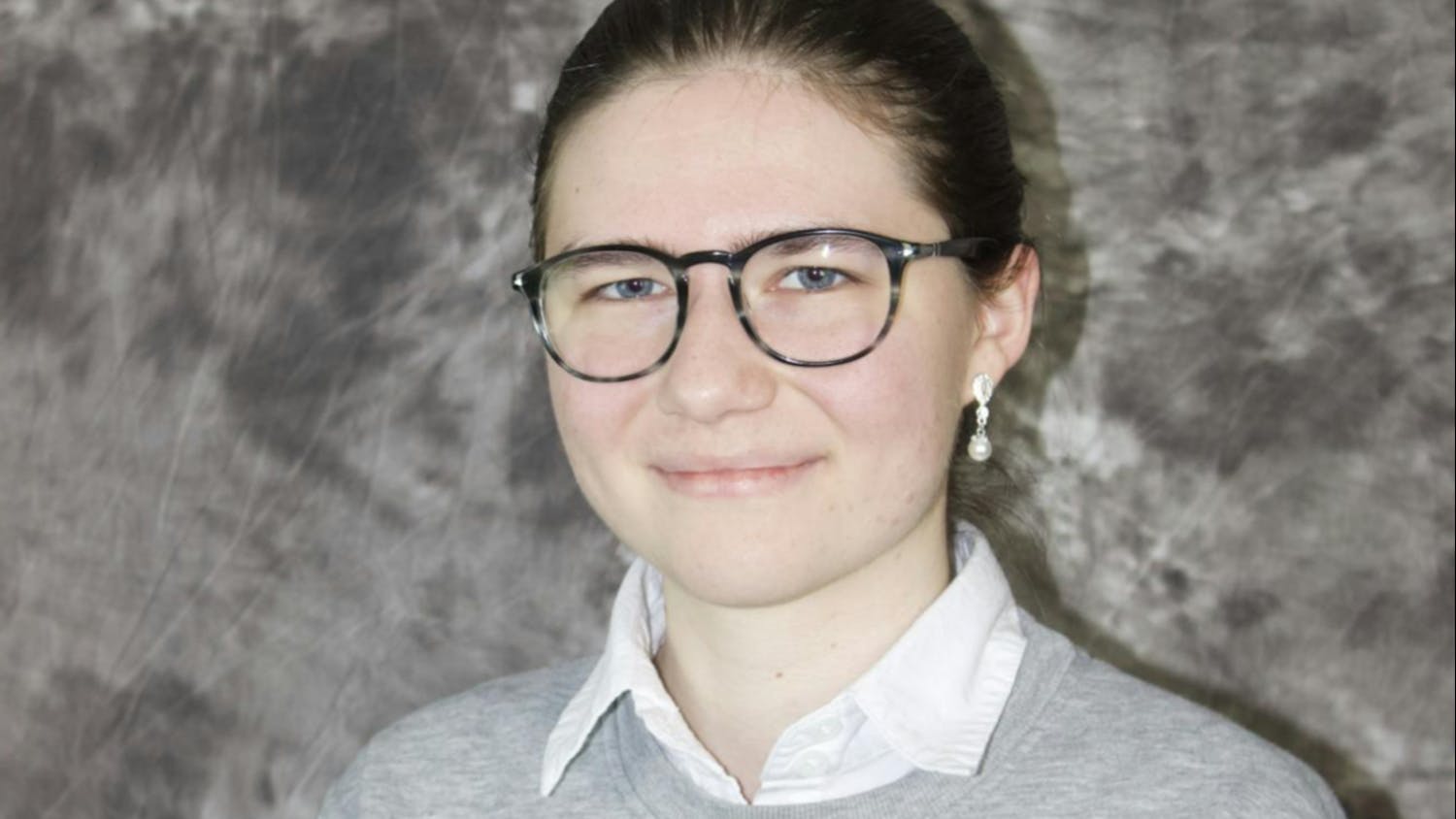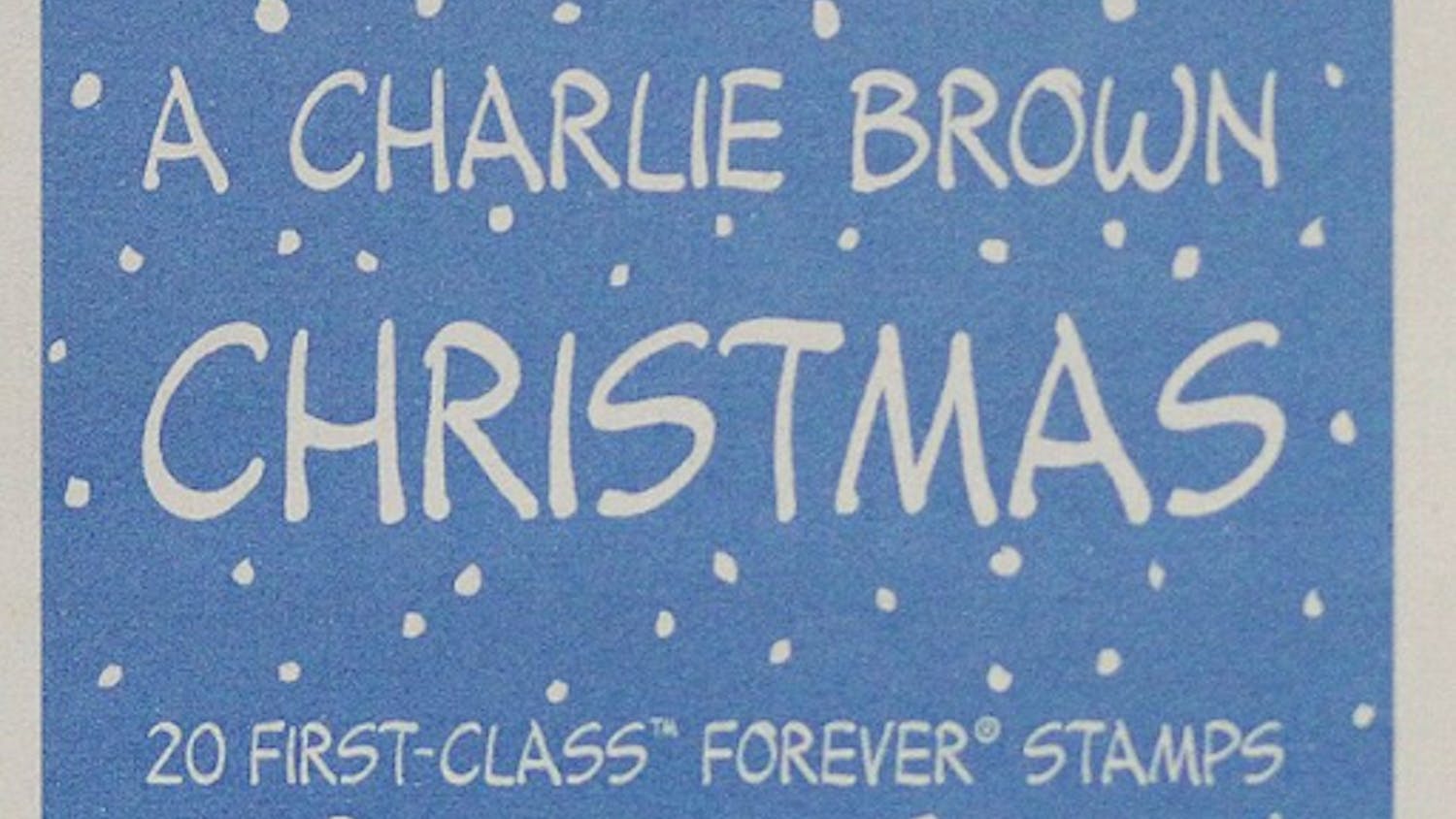There are two paintings of Snoopy. The first depicts him admiring the sky from the top of his shed with a glossy, pristine finish. The second depicts a messy portrait, with prominent brush strokes blending almost every color into each other.
Both pictures are eye-catching — but the second picture of Snoopy was created by an AI generator.
AI’s ability to create an image with nothing more than a written prompt has been the center of heated discourse.
So one UB club decided to dish it out.
Society and Computing Club (SOCO) hosted their first event of the semester, “Pixels or Picasso,” on Sept. 13. Attendees from a wide variety of disciplines — some tech-related, some not — discussed the history and future of AI in art and society.
The majority of seats in Agrusa Auditorium were filled — an impressive feat for a relatively small club that was officially recognized in fall of 2021.
The event began with an icebreaker asking, “How easy is it to identify AI art?” The general consensus was that it was relatively easy. Only one group out of 12 was split in opinion.
“Most people would probably get it. Sometimes it looks obviously pixelated, and because I used a free AI generator, it’s not the best,” Jessica Gow, the club’s outreach chair and a junior computer science major, said. “It’s also an instinctual or gut feeling.”
During the larger group discussion, students readily raised their hands to contribute and traded arguments with the facilitator, Rafat Chaudhury, SOCO’s underclassmen representative and a sophomore computer science major. The E-Board cracked jokes throughout the session and encouraged respectful disagreement.
“I have been in spaces which had overbearing administrative people. I was like, ‘No, we want to be the type of people that don’t need to put on a work face,’” Donovan Blount, SOCO’s president and a junior computer science major, said. “It should be an environment where people are just comfortable being relaxed and showing up however they want to show up.”
Of course, discussions that aim to condense a hugely intricate topic have limitations. The club chose to keep the discussion general because“we could have made it technical, but we want to incorporate non-SEAS [School of Engineering and Applied Sciences] students who didn’t know as much,” Chaudhury said.
“I have never used AI software but was aware of it because it affects my career. So I made sure to research this topic from the view of someone with no prior experience,” Alan Soto, the events chair, said. “I got a lot of the data from searching it up on Google how the average person typically would.”
While the meeting accommodated non-SEAS students, more experienced students like John Chen, a senior computer science major, viewed it as “too shallow.”
In the end, however, SOCO started this year off with an event that highlights what the club is at its core:
“It’s still just making these conversations, making these bridges between SEAS and non-SEAS, comp-sci and non-comp-sci, figuring out how to best engage or connect the two,” Blount said.

Mylien Lai is the senior news editor at The Spectrum. Outside of getting lost in Buffalo, she enjoys practicing the piano and being a bean plant mom. She can be found at @my_my_my_myliennnn on Instagram.





